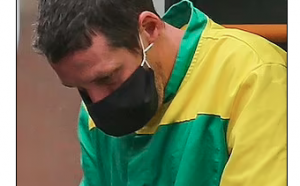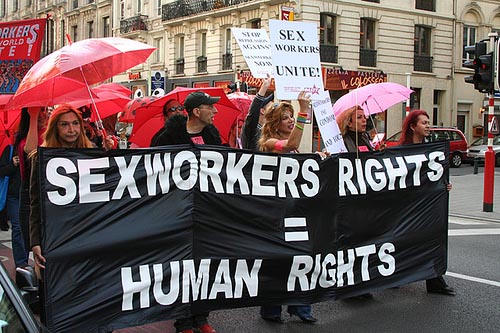More than 1 in 4 female sex workers in the northern Mexico cities of Tijuana and Ciudad Juarez reported entering the sex trade as minors, and entering the sex trade as an adolescent vs as an adult was associated with a greater risk for HIV infection, according to a study in the August 4 issue of JAMA, a violence/human rights theme issue.
Adolescents migrating from Central America and Mexico to the United States are at risk for being trafficked into the sex industry in Mexico’s northern border cities. Research from other regions indicates that those entering the sex trade as adolescents (vs as adults) are more likely to experience sexual violence and to become infected with HIV. Apart from 1 study among injection drug users, no research exists on the prevalence of minors in the sex industry in Latin America or their subsequent risk for violence and HIV infection, according to background information in the article.
Jay G. Silverman, Ph.D., of the University of California–San Diego, La Jolla, Calif., and colleagues studied female sex workers age 18 years or older from Tijuana and Ciudad Juarez. Indoor and street sex work venues were randomly sampled based on mapping of all venues. Confidential computer-assisted surveys were completed to assess prevalence of adolescent (ages 16-17 years) and early adolescent (ages <16 years) entry to the sex trade and associations of age at entry with violence to force commercial sex, high-client volume (>10 clients/day), and no condom use during the initial 30 days after entry.
Of 1,041 individuals screened, 614 were eligible and 603 participated. The average age was 34 years; 25.4 percent reported entering the sex trade before the age of 18 years and 11.8 percent reported entry before the age of 16 years. Compared with those entering sex work as adults, those entering the sex trade as adolescents were more likely to report experiencing violence to force commercial sex (19.7 percent among those aged <16 years vs 8.7 percent among adults), high client volume (21.1 percent for <16 years; 19.5 percent for 16-17 years; 9.6 percent for adults), and never use of condoms with clients (35.2 percent for <16 years vs 8 percent for adults) during their first 30 days in the sex industry. Those reporting entering the sex trade as adolescents were more likely to be infected with HIV compared with those entering as adults (5.9 percent for age <18 years vs 1.6 percent for adults).
“Entering the sex trade as an adolescent vs as an adult was associated with a greater risk for HIV infection, which may relate to elevated risks for violence to force participation in commercial sex, higher numbers of clients, and condom nonuse during initiation to the sex industry. Efforts to effectively protect adolescents vulnerable to sex trade entry and assist adolescents in the sex industry are needed,” the authors write.
(doi:10.1001/jama.2015.7376; Available pre-embargo to the media at http://media.jamanetwork.com)






